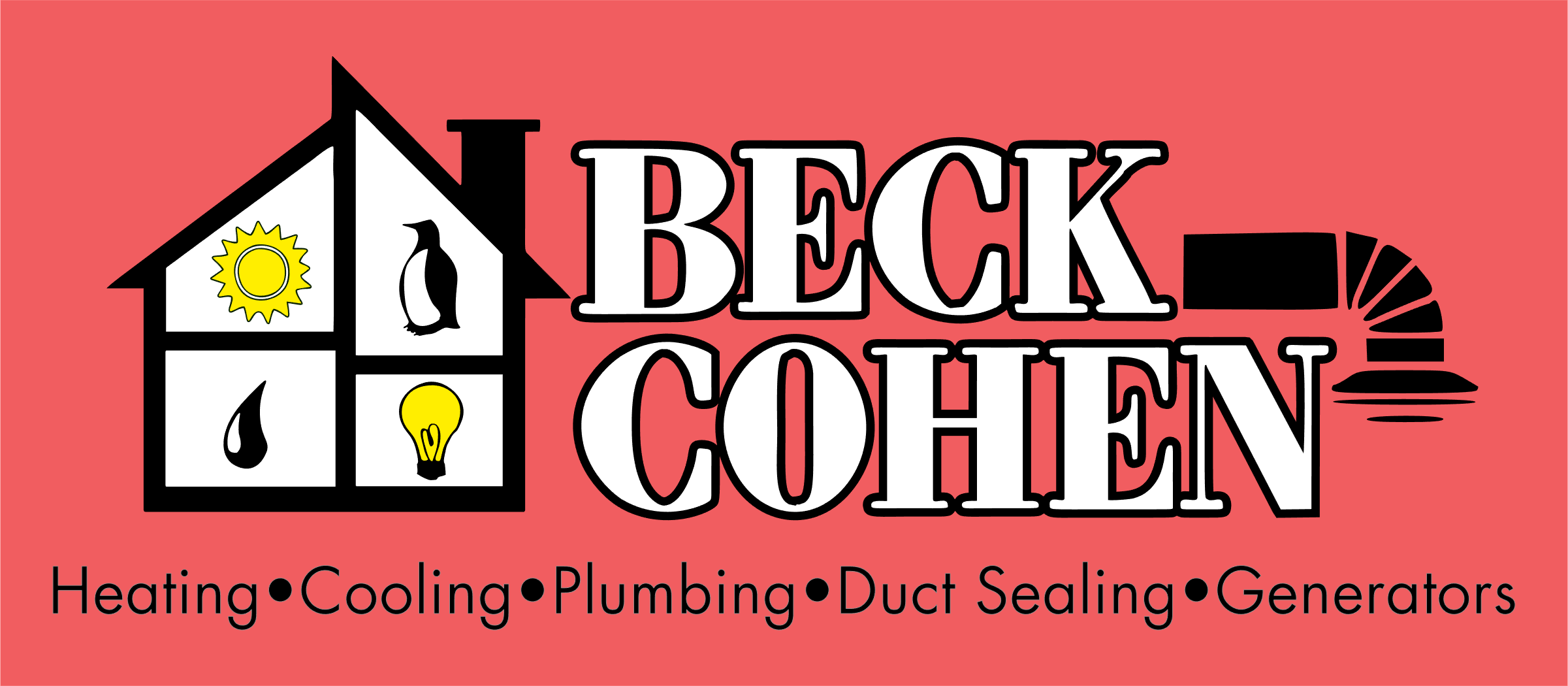The Truth About Flushable Wipes and Your Plumbing
Do you have a package of flushable wipes in your bathroom at home? If so, there are some things that you should be aware of before you decide to flush them down the toilet. Though the word “flushable” appears on the package, these wipes can definitely create plumbing problems. What Happens When Flushable Wipes Are Flushed? If one flushable wipe drops into the toilet instead of the trash can, it may not cause an issue. But more than one can add up to a big problem for your system. When you flush toilet paper down the toilet, it’s designed to disintegrate in a septic system. However, flushable wipes aren’t designed to dissolve. As a result, these wipes can start to clump together inside your pipes, eventually causing a clog. When you flush, the clog stops the water from traveling through the pipes, and you could end up with a toilet overflowing with contaminated water. How to Remove a Clog Caused by Flushable Wipes First, get a toilet plunger. This type of plunger has an extension or cup, which helps you to get a good seal over the opening in the bottom of your toilet bowl. Put the end of the...
View Article Read More